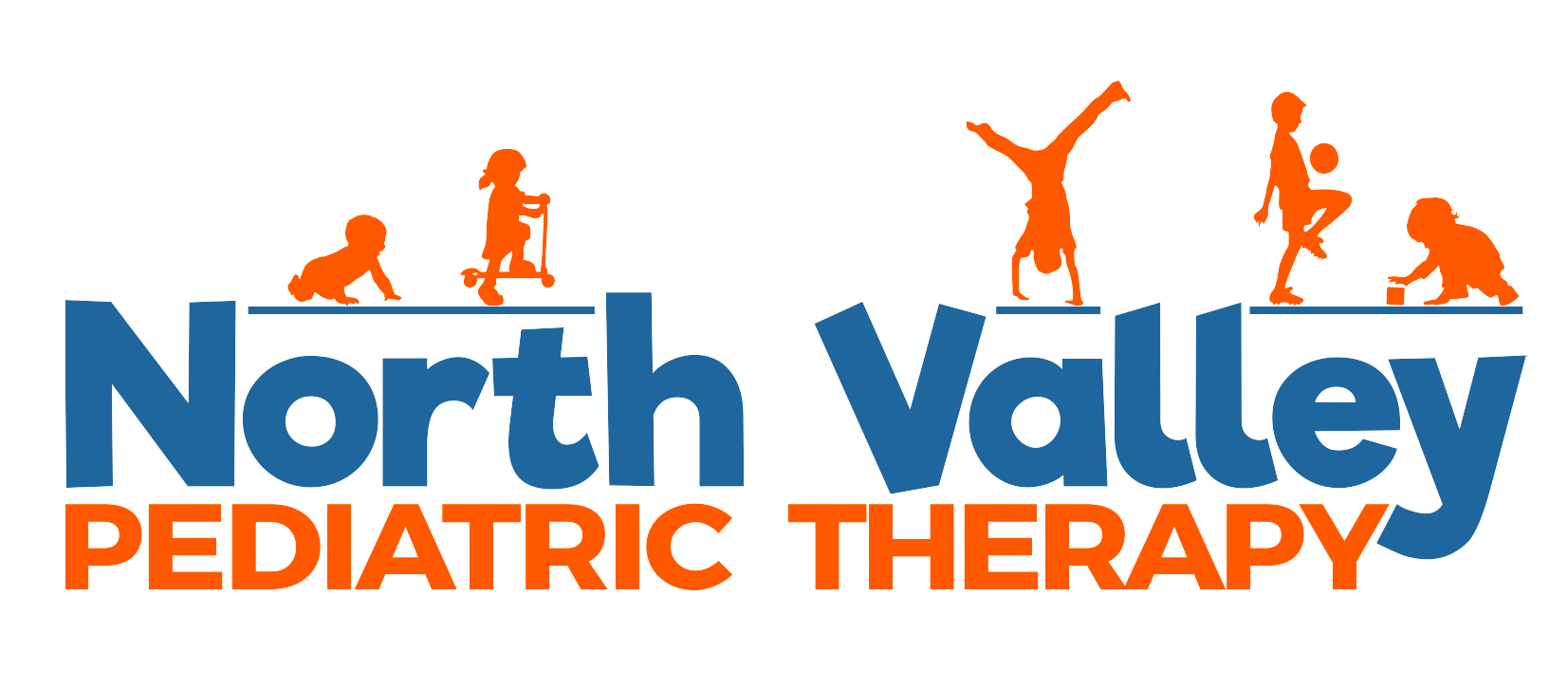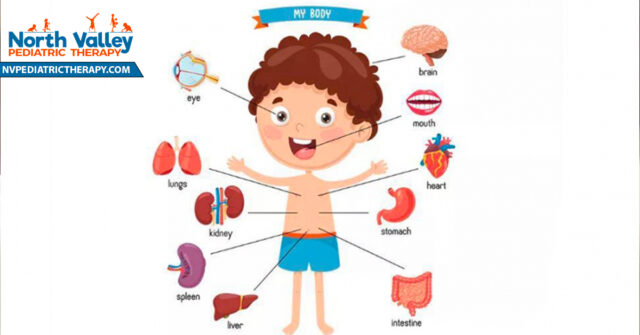Stuttering Cluttering
According to ASHA, stuttering is the disruption in the fluency of verbal expression characterized by involuntary, audible or silent, repetitions or prolongations of sounds of syllables.
Types of Stuttering
– Developmental- most common; occurs in young children while they are learning language
– Neurogenic-caused by neurological disease or damage
– Psychogenic- post-childhood following a period of prolonged stress or trauma
Speech Characteristics
– Sound, syllable, and word repetitions i.e wa-wawatermelon
– Blocks i.e difficulty transitioning from one sound to the next p– arty
– Prolongations i.e sssso
Other Behaviors/Characteristics
– Secondary behaviors i.e eye binks, leg tapping, facial grimace
– Avoidance behaviors i.e reduced verbal output or avoidance of specific words/ social situations
Intervention
– Indirect: counseling families on how to make changes in their child’s environment
– Direct: changing the child’s speech, beliefs, and attitudes
- Stuttering modification strategies (pull out, cancellation, etc)
- Fluency shaping strategies (easy onset, light contact, prolonged syllables)
Cluttering
Characterized by rapid and/or irregular speech rate, atypical pauses, maze behaviors, pragmatic issues, decreased awareness of fluency problems or moments of disfluency, excessive disfluencies, collapsing or omitting syllables, and language formulation issues, which result in breakdowns in speech clarity and/or fluency.
Speech Characteristics:
– Excessive levels of typical disfluencies (i.e interjections, revision, phrase repetitions)
– Deletion and/or collapsing of syllables (e.g., “I wanwatevision”)
– Maze behaviors or frequent topic shifting
Other Behaviors/Characteristics:
– Must occur in naturalistic conversation
– Mazes: rambling run-on sentences that do not add any context to the conversation
– Unaware of communication breakdowns
Intervention
– Slowing rate of speech utilizing a pacing board
– Delayed auditory feedback
– Increasing awareness when a communication breakdown occurs
Can stuttering and cluttering co-exist?
Yes, individuals can show characteristics of both stuttering and cluttering. Will be classified as clutterer-stutterer and will show: word-finding difficulties, poor reading abilities, poor memory, poor story-telling abilities.
Resources
https://www.asha.org/practice-portal/clinical-topics/fluency-disorders/#collapse_6
https://leader.pubs.asha.org/do/10.1044/stuttering-versus-cluttering-whats-the-difference/full/
Information gathered from ASHA; adapted by Mariel Augustine M.S., CCC-SLP




